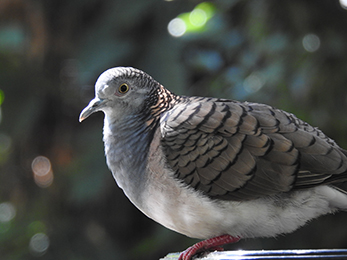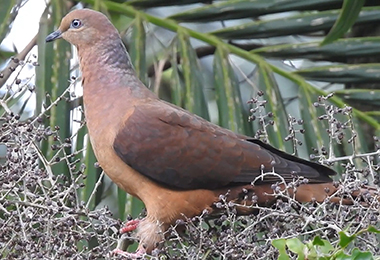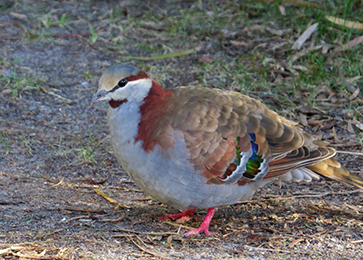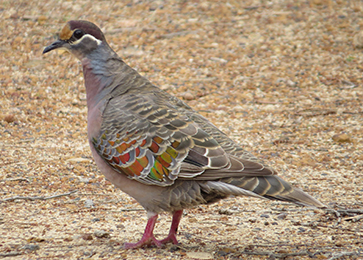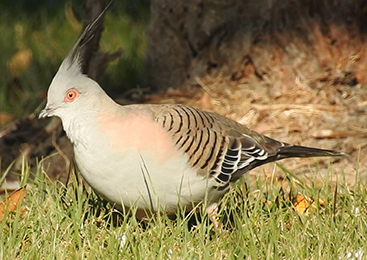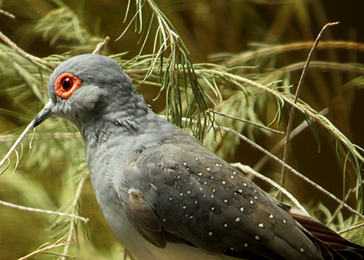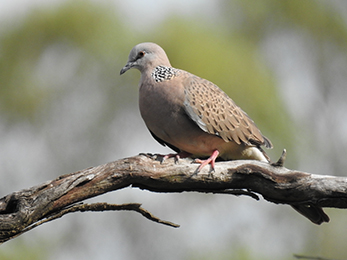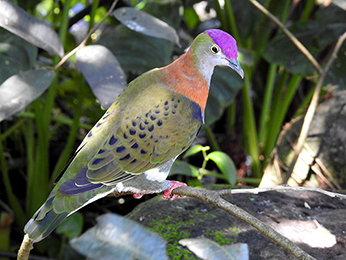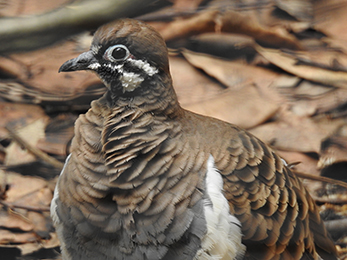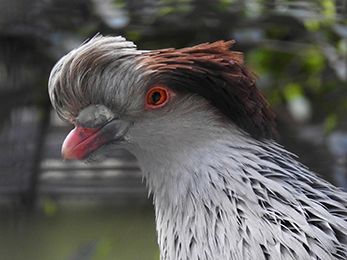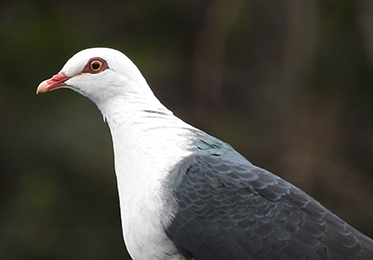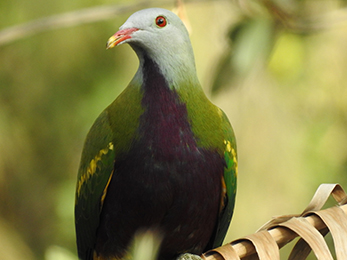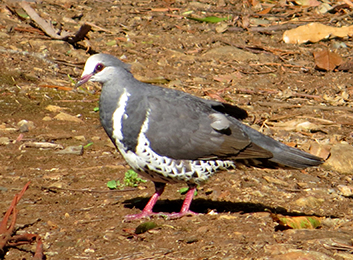DOVES & PIGEONS
The Secret Life of Pigeons and Doves: Nature’s Unsung Navigators
In the bustle of our cities and the stillness of our bushland, pigeons and doves move quietly among us.
We pass them without a second thought — perched on power lines, cooing from rooftops, gliding between trees — yet beneath those soft feathers lies a story of skill, intelligence, and ecological importance that stretches back millions of years.
Australia’s Pigeons and Doves
Australia is home to over 20 species of pigeons and doves, from the tiny, soft-spoken Diamond Dove of the arid interior to the large, striking Topknot Pigeon in the rainforests.
They inhabit an extraordinary range of environments — forests, woodlands, grasslands, deserts, and urban areas — a testament to their remarkable adaptability.
These birds are far more than just part of our landscape. They play critical roles in ecosystem health:
- Seed dispersal is one of their most important contributions. Many species are frugivorous, feeding on native fruits and berries and passing seeds through their digestive systems. This process breaks down seed coats, allowing plants to germinate more successfully.
- Some native berries, like the Blueberry Ash, rely almost entirely on pigeons and doves for regeneration.
- Even non-native plants such as Camphor Laurel have become a temporary lifeline for species like the Topknot Pigeon and White-headed Pigeon, which now survive in small flocks on its berries. While Camphor Laurel is an invasive species, its fruit can help sustain pigeons until more diverse native food sources are restored through conservation plantings.
Sadly, massive flocks of these pigeons — once a common sight in Australia — were hunted to near extinction in the early 20th century. Today, Landcare initiatives and native fruit plantings are helping some species slowly recover.
Masters of Navigation
Like their relatives around the world, Australian pigeons and doves possess extraordinary navigation skills.
They can detect the Earth’s magnetic field, track the Sun’s position, memorise landmarks, and hear infrasound — deep, low-frequency sounds that can travel across vast distances.
Some species, like the migratory Diamond Dove, use these abilities to travel great distances in search of food and breeding grounds, following seasonal rains across inland Australia.
A World Beyond Our Senses
Pigeons and doves perceive their environment in ways we cannot imagine.
With tetrachromatic vision, they see ultraviolet light in addition to the colours we see. This allows them to detect feather patterns invisible to the human eye — signals that can indicate health, maturity, or readiness to mate.
Their hearing is equally impressive, extending into frequencies far below our own range, enabling them to detect distant environmental cues.
Social Bonds and Family Life
Pigeons and doves are deeply social birds. They often mate for life, engaging in elaborate courtship displays of cooing, bowing, and fluttering to attract and bond with their partners.
Once paired, both parents share the duties of nest building, incubation, and chick rearing.
Their nests are simple platforms of twigs, usually placed in trees or shrubs.
When chicks — known as squabs — hatch, they are fed crop milk, a nutrient-rich substance produced in the parents’ throats.
Living With Us
Several pigeon and dove species have adapted to urban life in Australia, foraging in parks, gardens, and streets. Others remain tied to bushland and forest habitats.
If pigeons or doves are nesting in your yard, it’s important to keep cats and dogs indoors, as the adults and chicks are highly vulnerable. If you find a chick on the ground:
- Place it in a warm, dark, quiet box and look for its parents.
- If injured or exposed to a cat or dog, seek immediate help from a wildlife organisation.
- Do not attempt to feed it, as improper feeding can cause fatal digestive problems.
Threats and Conservation
While some Australian pigeon and dove species are common and adaptable, others face serious challenges:
- Habitat loss from land clearing
- Introduced predators such as cats, dogs and foxes
- Collisions with windows in urban areas
You can help reduce window strikes by installing blinds, curtains, or reflective objects on glass. Supporting native vegetation projects, especially those planting fruiting trees and shrubs, provides essential food and shelter.
Why They Matter
Beyond their beauty and intelligence, pigeons and doves are vital threads in Australia’s ecological fabric.
They regenerate forests, feed raptors and snakes, and maintain the health of ecosystems that, in turn, support countless other species — including us.
If we look closely, we will see that these birds are not background figures in our lives.
They are partners in the story of Australia’s landscapes — intelligent, social, and essential to the natural world we share.
Sources & Further Reading
Higgins, P. J., & Davies, S. J. J. F. (Eds.). (1996). Handbook of Australian, New Zealand & Antarctic Birds. Volume 3: Snipe to Pigeons. Oxford University Press.
Wiltschko, W., & Wiltschko, R. (2015). Avian Navigation: The Use of Magnetic Cues. Current Biology, 25(24), R993–R995.
Hagstrum, J. T. (2013). Infrasound and the avian navigational map. Journal of Experimental Biology, 216(4), 673–682.
Johnston, R. F., & Janiga, M. (1995). Feral Pigeons. Oxford University Press.
Gille, U., & Salomon, F.-V. (1998). The crop milk of pigeons: composition and function. Avian Pathology, 27(5), 539–543.
BirdLife Australia. (n.d.). Pigeons and Doves. Retrieved from https://www.birdlife.org.au
U.S. Army Signal Corps (1919). The story of Cher Ami. U.S. War Department archives.

